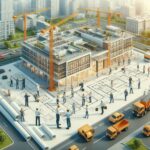This website uses cookies so that we can provide you with the best user experience possible. Cookie information is stored in your browser and performs functions such as recognising you when you return to our website and helping our team to understand which sections of the website you find most interesting and useful.

Mall Construction Costing Strategies
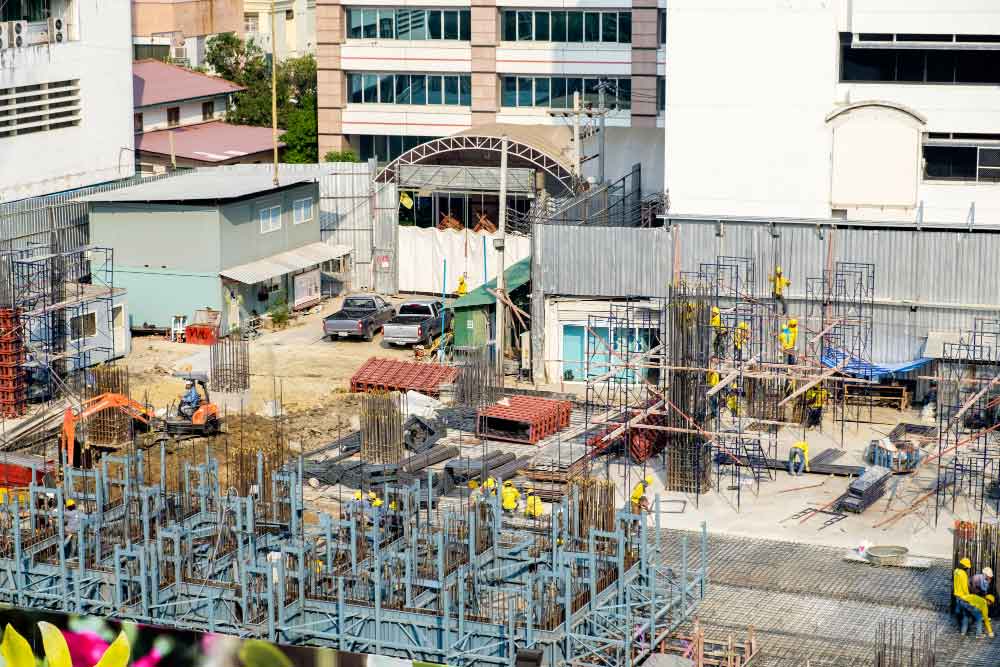
Factors Affecting Mall Construction Costs
Understanding the primary factors that influence mall construction costs is essential for effective planning and budgeting. These factors range from land acquisition to the costs associated with labor and machinery.
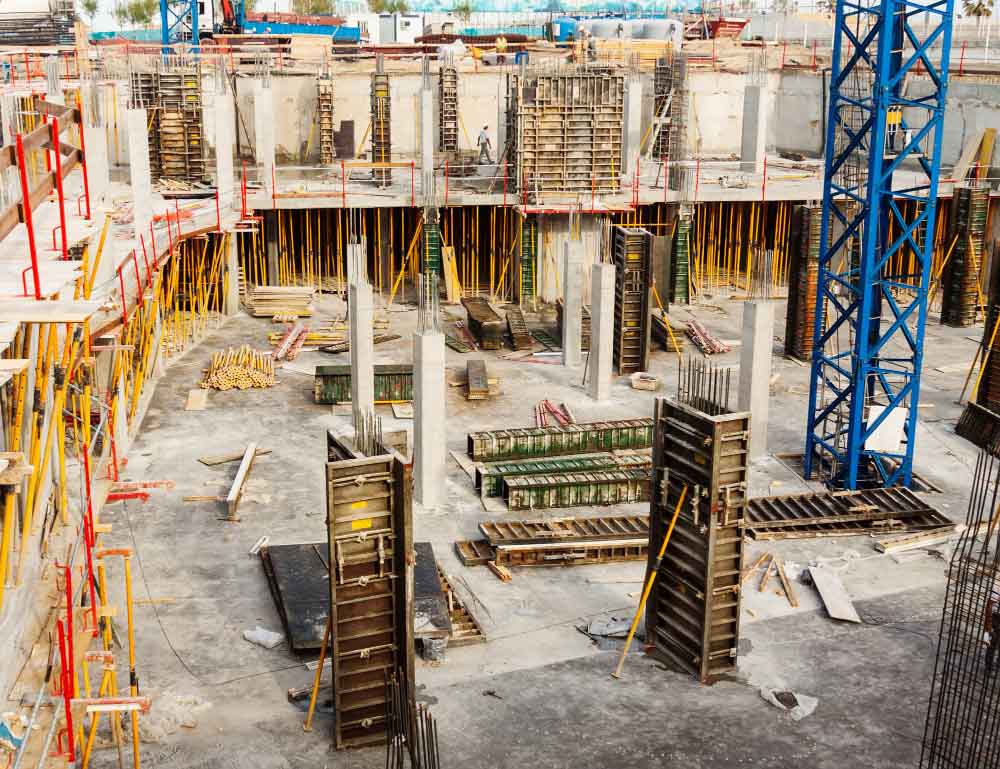
Land Cost and Exterior Features
The cost of land is a significant factor in mall construction, heavily influenced by the location. Urban areas tend to be more expensive compared to rural locales (True Cool Air Conditioning). Other elements like accessibility, proximity to transportation hubs, and the local demographics also play crucial roles (LinkedIn).
Additionally, exterior features such as landscaping, parking lots, and signage add to the overall costs. These features are essential for attracting customers and ensuring a pleasant shopping experience.
Design and Development Cost
The architectural design and development phase significantly impact the total cost. Factors such as aesthetic considerations, layout complexity, and structural requirements can drive up expenses . High-end designs often require specialized materials and advanced construction techniques, leading to increased costs.
To manage these costs, it’s crucial to invest in efficient planning and design strategies. For more information on this, visit our page on mall development process.
Building Material Cost
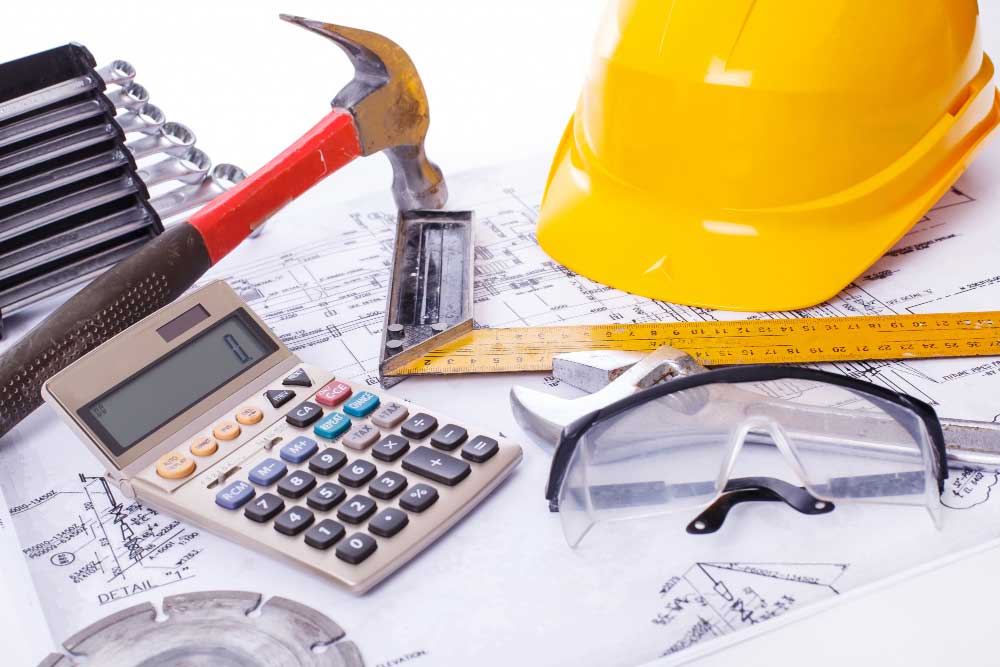
The choice of building materials is another critical factor. The prices of materials like steel, concrete, glass, and interior finishes can vary widely based on quality and availability. Robust infrastructure and utilities such as water, electricity, sewage, and HVAC systems are also necessary, adding to the material costs.
Here’s a general cost breakdown for different types of malls:
| Mall Type | Cost Range | Cost per Square Foot |
|---|---|---|
| Neighborhood Mall | $2.5 million | $250 – $300 |
| Strip Mall | $1.75 – $3.5 million | $200 – $300 |
| Regional Mall | $35 – $150 million | $300 – $400 |
| Super-Regional Mall | $100 – $250 million | $400 – $500 |
| Outlet Mall | $6 – $30 million | $250 – $300 |
Source: ProEst
Labor and Machinery Cost
Labor and machinery costs make up a substantial portion of the budget. These costs are influenced by the project’s size and complexity, as well as local labor rates. Efficient labor management is crucial for keeping these expenses in check.
Machinery costs include the rental or purchase of construction equipment like cranes, bulldozers, and forklifts. Proper maintenance and efficient usage of these machines can help in reducing overall costs.
For more insights on managing labor and machinery costs, check out our article on mall construction companies and mall construction timeline.
Understanding these factors helps in making informed decisions, ensuring a cost-effective and efficient mall construction project.
Types of Shopping Malls and Cost Breakdown
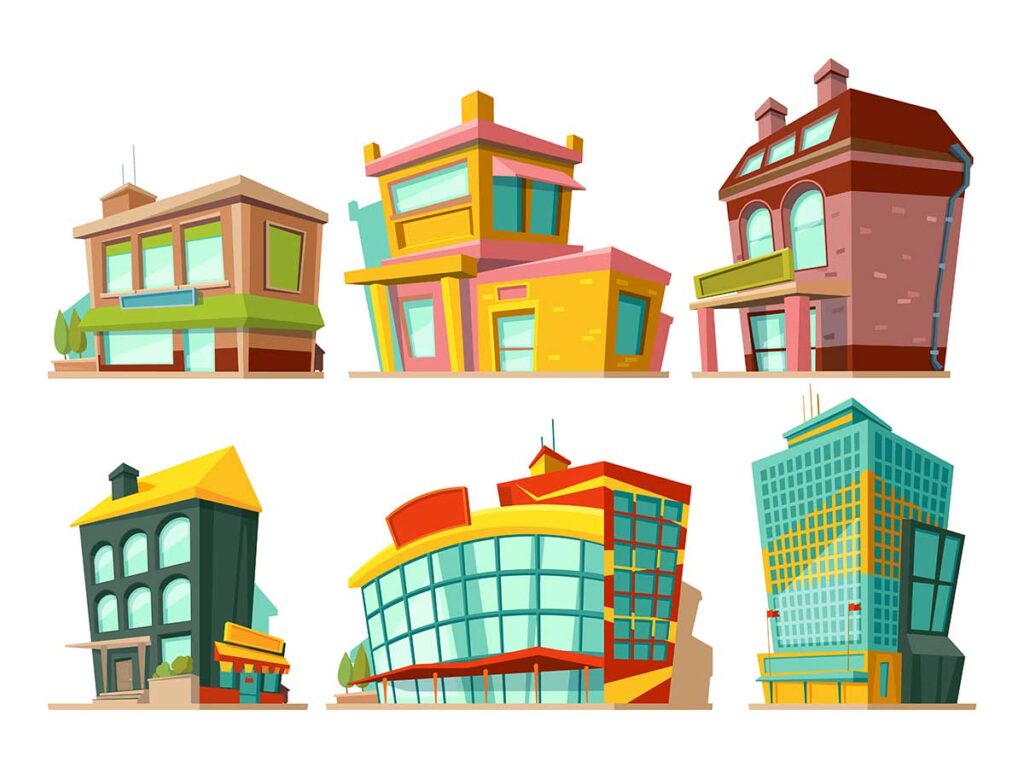
Understanding the cost breakdown for different types of shopping malls is crucial for investors and developers. The construction costs vary significantly based on the size, location, and design of the mall.
Strip Mall Construction Costs
Strip malls are typically smaller and simpler in design compared to other mall types. They usually cover between 7,000 to 20,000 square feet. According to ProEst, the cost to build a strip mall ranges from $200 to $300 per square foot. The average total cost for constructing a strip mall is around $2.5 million, with prices ranging from $1.75 million to $3.5 million.
| Strip Mall | Cost Per Square Foot | Total Construction Cost |
|---|---|---|
| Minimum | $200 | $1.75 million |
| Average | $250 | $2.5 million |
| Maximum | $300 | $3.5 million |
Regional Mall Construction Costs
Regional malls are larger and serve a broader area, offering a wider variety of stores and services. The cost to build a regional mall can range from $35 million to $150 million, with an average cost per square foot of $300 to $400 (ProEst).
| Regional Mall | Cost Per Square Foot | Total Construction Cost |
|---|---|---|
| Minimum | $300 | $35 million |
| Maximum | $400 | $150 million |
Super-Regional Mall Construction Costs
Super-regional malls are even larger, often featuring extensive retail spaces, entertainment options, and dining areas. These malls can cost between $100 million and $250 million to build, with a cost per square foot ranging from $400 to $500.
| Super-Regional Mall | Cost Per Square Foot | Total Construction Cost |
|---|---|---|
| Minimum | $400 | $100 million |
| Maximum | $500 | $250 million |
Outlet Mall Construction Costs
Outlet malls are designed for discounted retail shopping and often feature brand-name stores. The construction costs for outlet malls can vary widely based on location and scale, typically falling between $25 million to $180 million (ProEst).
For more detailed insights into the mall development process and the different mall construction companies that specialize in these projects, check our internal resources. Understanding these costs and the various factors affecting them can help developers make informed decisions and manage their investments efficiently.
Challenges in Mall Construction
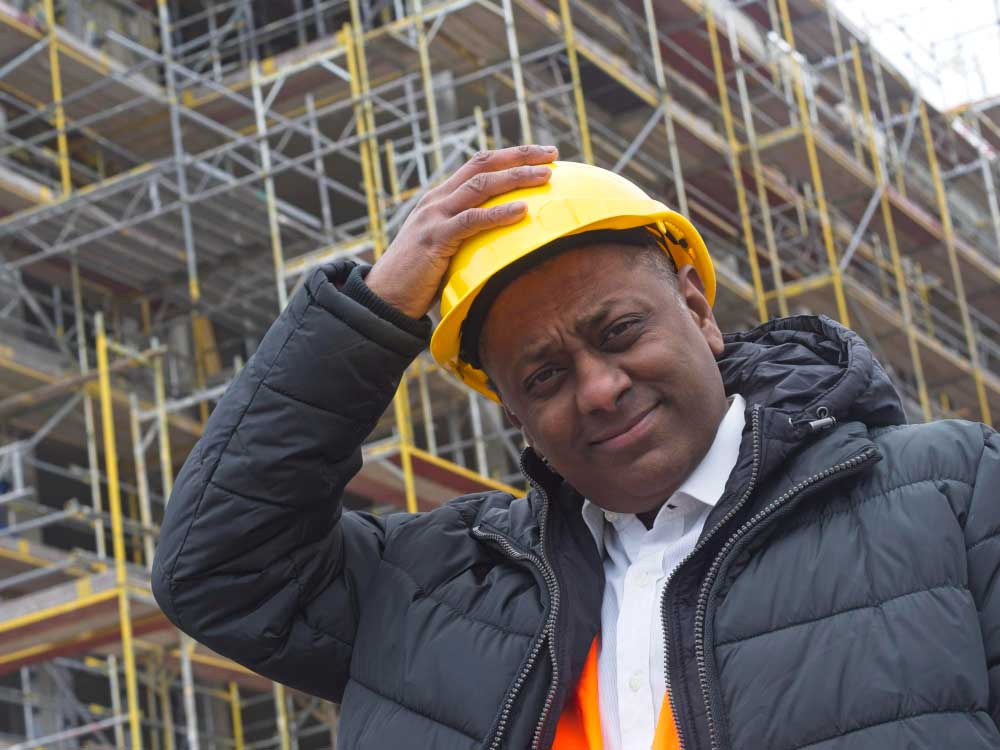
Constructing a mall involves a myriad of challenges that can significantly impact the overall costs and timeline. These challenges arise from various sources, including procurement, structural issues, delays, and regulatory compliance.
Procurement and Material Shortages
Procuring building materials and preferred finishes has become a significant challenge globally. Supply shortages and shipping delays create longer lead times on everything from structural beams to electrical switchgear. These delays can increase costs and extend project timelines. Mall developers need to plan meticulously to mitigate these risks.
| Material | Lead Time Increase (%) | Cost Increase (%) |
|---|---|---|
| Structural Beams | 20% | 15% |
| Electrical Switchgear | 25% | 10% |
Structural and Environmental Issues
Every property needs a safe and reliable foundation, and commercial buildings have more at stake. Environmental and structural issues like unsuitable soil or hazardous conditions can increase the cost of a project and push back the completion date. Addressing these issues requires thorough site assessments and potentially expensive remediation efforts.
Delays and Unforeseen Circumstances
Unexpected challenges like natural disasters, job site accidents, or unforeseen circumstances can impact a construction project, requiring new and creative ideas for resolution. Delays can also occur during renovations due to issues like outdated electrical systems, hazardous materials, concealed code violations, and defective work from earlier projects.
| Cause of Delay | Impact on Timeline (weeks) | Additional Cost ($) |
|---|---|---|
| Natural Disasters | 4-6 | 50,000 – 100,000 |
| Job Site Accidents | 2-3 | 20,000 – 40,000 |
| Hazardous Materials | 3-5 | 30,000 – 70,000 |
Permitting and Regulatory Compliance

Navigating the permitting and regulatory landscape is another significant challenge in mall construction. Compliance with local, state, and federal regulations is crucial, but the permitting process can be time-consuming and complicated. Delays in securing permits can halt construction and lead to increased costs (Crain Construction Inc.). For more information on obtaining the necessary permits, visit our guide on mall building permits.
For successful mall construction, developers must anticipate these challenges and implement strategies to address them effectively. Proper planning, risk assessment, and flexible problem-solving are essential to keep projects on track and within budget. For additional insights, explore our articles on the mall development process and mall construction timeline.
Strategies for Cost-Efficient Mall Construction
To manage mall construction costs effectively, several strategies can be employed. These include efficient planning and design, optimal material selection, effective labor management, and a streamlined permitting process.
Efficient Planning and Design
Efficient planning and design are crucial strategies for cost-efficient mall construction. By investing time in the initial planning phase, developers can identify potential issues and design solutions that minimize costs and maximize functionality. This involves collaborating with architects, engineers, and mall construction companies to create a comprehensive plan that aligns with the project budget.
Key steps in efficient planning and design:
- Conduct thorough site assessments
- Develop detailed architectural plans
- Utilize 3D modeling and simulation tools
- Integrate sustainable design elements
Optimal Material Selection

Optimal material selection is another important factor in cost-efficient mall construction. Choosing the right materials can significantly impact both the initial construction costs and long-term maintenance expenses.
Considerations for material selection:
- Durability and lifespan
- Cost-effectiveness
- Availability and supply chain reliability
- Environmental impact
| Material | Cost per Square Foot | Durability Rating |
|---|---|---|
| Concrete | $8 – $12 | High |
| Steel | $10 – $15 | High |
| Wood | $6 – $10 | Medium |
Effective Labor Management
Effective labor management plays a significant role in achieving cost-efficiency in mall construction projects. Properly managing labor resources ensures that the project stays on schedule and within budget (BigRentz).
Strategies for effective labor management:
- Hire experienced and skilled workers
- Provide ongoing training and development
- Implement efficient scheduling and project management systems
- Monitor labor productivity and make adjustments as needed
Streamlined Permitting Process
Streamlining the permitting process is a strategy that can help reduce costs in mall construction. Navigating the complex regulatory landscape can be time-consuming and costly, but by optimizing the permitting process, developers can avoid delays and additional expenses.
Steps to streamline permitting:
- Develop a clear understanding of local building codes and regulations
- Establish strong relationships with local permitting authorities
- Prepare complete and accurate permit applications
- Utilize technology to track and manage the permitting process
For more information on the mall development process, check out our article on the mall development process. Additionally, understanding the mall construction timeline can help in planning and executing these strategies effectively.
